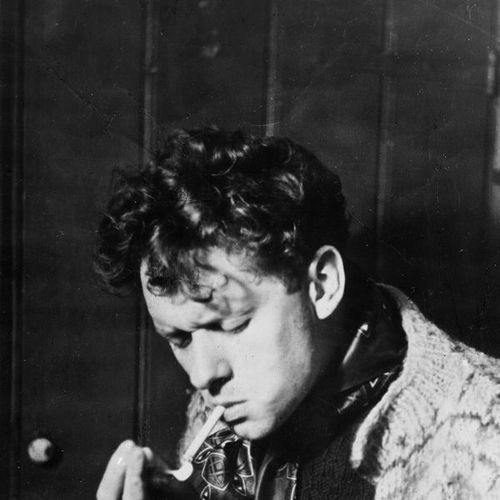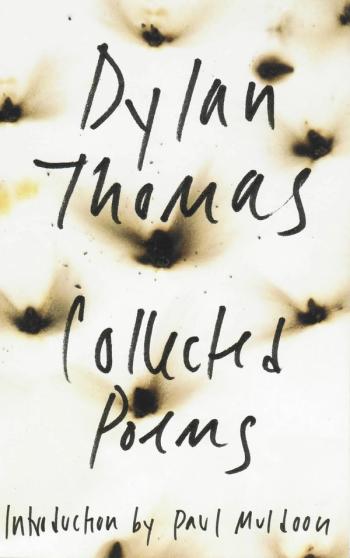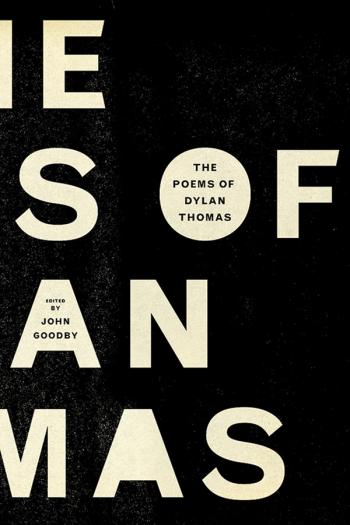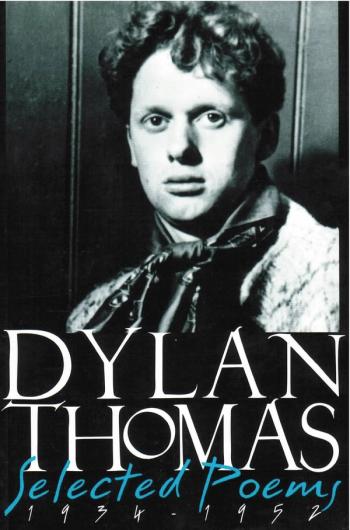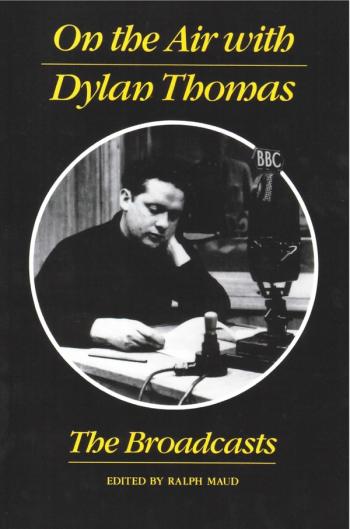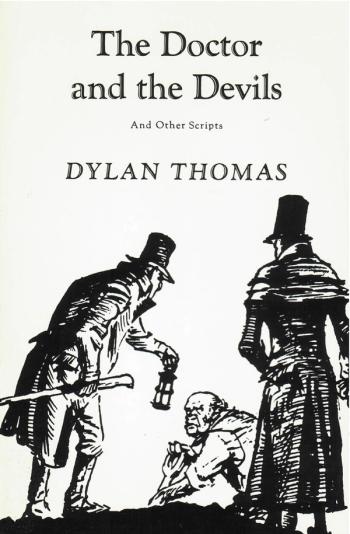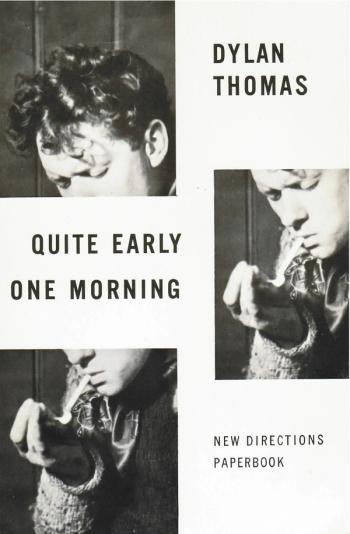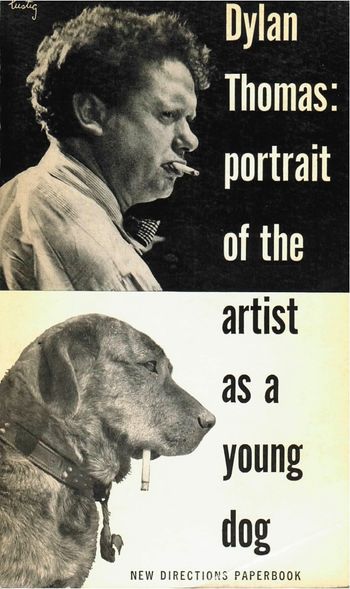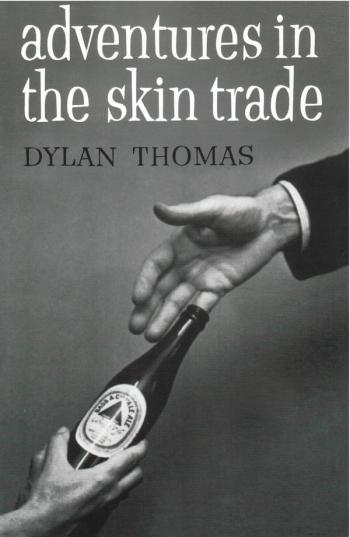As author
The Collected Stories of Dylan Thomas
Under Milk Wood
A Child’s Christmas in Wales
Under Milk Wood
Collected Poems of Dylan Thomas: The Original
The Poems Of Dylan Thomas
Selected Poems 1934 -1952
Eight Stories
On The Air With Dylan Thomas: The Broadcasts
Rebecca’s Daughters
The Doctor And The Devils
Quite Early One Morning
Portrait of the Artist as a Young Dog
Adventures In The Skin Trade
Dylan Thomas
Dylan Marlais Thomas was born October 27, 1914 in the Welsh seaport of Swansea, Wales. Thomas attended the Swansea Grammar School, where he received all of his formal education. As a student he made contributions to the school magazine and was keenly interested in local folklore. Having declared at the age of eight that he was a poet, he began writing early and published his first book of poetry, 18 Poems (1934), when he was not yet twenty years old. After leaving school, Thomas supported himself as an actor, reporter, reviewer, scriptwriter, and with various odd jobs. When he was twenty-two years old, he married Caitlin Macnamara, with whom he had two sons, Llewelyn and Colm, and a daughter, Aeronwy. After their marriage, Dylan and Caitlin moved to the fishing village of Laugharne, Carmarthenshire.
By 1938 Thomas’s reputation was growing the United Kingdom, yet he was still basically unknown in the United States until a poem of his appeared in the 1938 anthology New Directions in Poetry and Prose, and two of his earlier poetry volumes were published by James Laughlin under the title The World I Breathe (1939).
During World War II, Thomas wrote radio scripts for the Ministry of Information and documentaries for the British government. After the war he became a commentator on poetry for the British Broadcasting Corporation (BBC). Thomas continued writing poems, stories, essays, and plays, and in 1950 made the first of four reading tours through the United States, during which he gave more than one hundred poetry readings. In these appearances he half recited, half chanted the lines in what became known as his famous “Welsh singing” voice and inspired generations of modern poets to begin reading their poems in public.
Following the extraordinary success of his just-published Collected Poems, Thomas began his final tour of the United States on October 16, 1953. He collapsed at the Chelsea Hotel and fell into a coma on November 5. He died four days later in St. Vincent’s Hospital at the age of thirty-nine. Thomas was buried in the graveyard of St. Martin’s Church, Laugharne, Wales.
